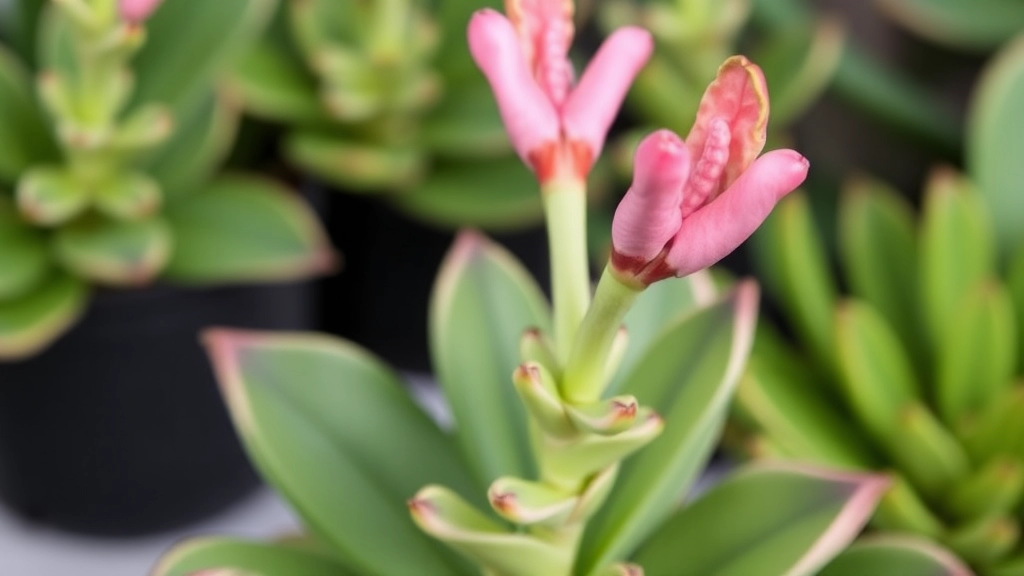Mastering the Care of Kalanchoe Gastonis Bonnieri Donkey Ears
Looking to master the care of your Kalanchoe Gastonis Bonnieri Donkey Ears? You’re in the right place. This unique succulent, known for its distinctive ear-shaped leaves, thrives under specific conditions. Let’s dive into the optimal growing conditions and watering guidelines to keep your Donkey Ears healthy and vibrant.
Understanding Soil Preferences and Light Requirements
Understanding the soil preferences and light requirements is crucial for the Kalanchoe Gastonis Bonnieri. From balancing sun exposure to choosing the right potting mix, these tips will ensure your plant flourishes. Stay tuned as we explore propagation techniques, pest control, and more to help you become a Donkey Ears expert.
Optimal Growing Conditions for Donkey Ears
When it comes to cultivating Donkey Ears, or Kalanchoe gastonis-bonnieri, many enthusiasts find themselves grappling with questions about the ideal environment for these unique plants.
To thrive, Donkey Ears require specific conditions that cater to their natural habitat. Here are the key factors to consider:
- Temperature: This succulent prefers a warm climate, ideally between 18°C to 24°C (65°F to 75°F).
- Humidity: Low humidity levels are optimal. A dry atmosphere helps prevent issues like rot.
- Air Circulation: Good airflow is essential to deter pests and diseases. Avoid overcrowding.
- Location: A south-facing window is usually perfect, providing ample light without direct harsh sun.
Creating the right environment for Donkey Ears is crucial for their growth and overall health. For more detailed information on caring for various Kalanchoe species, you might find our comprehensive Kalanchoe plant care guide helpful. Additionally, understanding the optimal sunlight for Kalanchoe can further enhance your plant’s well-being.
Watering Guidelines for Kalanchoe Gastonis Bonnieri
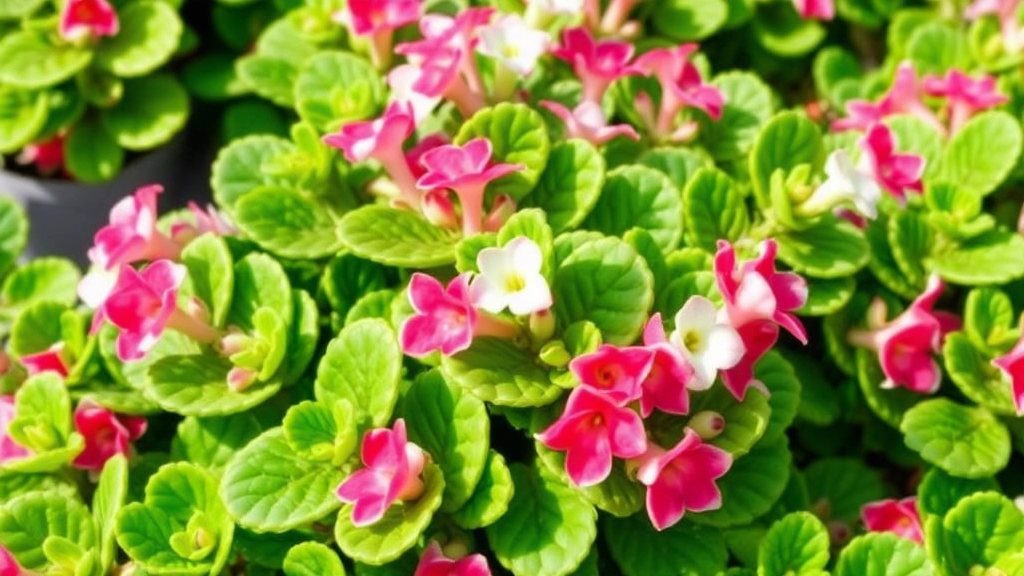
So, you’ve got your Kalanchoe Gastonis Bonnieri, and now you’re wondering how much water it really needs, right?
Let’s break it down.
Understanding Water Needs
- Drought Tolerance: This plant is a succulent, so it thrives on a bit of neglect when it comes to watering.
- Watering Frequency:
- Summer: Every 2-3 weeks.
- Winter: Once a month or less.
- Signs of Thirst:
- Leaves start to wrinkle or look shrivelled.
- Soil feels dry to the touch.
How to Water
- Soak and Dry: When you water, give it a good soak until water drains out of the bottom.
- Avoid Overwatering: Always let the soil dry out completely before the next watering. This helps prevent root rot.
Tips for Success
- Use Room Temperature Water: Cold water can shock the plant.
- Check the Pot: Ensure your pot has drainage holes to avoid standing water.
Soil Preferences and Potting Tips
When it comes to growing Kalanchoe Gastonis Bonnieri, the right soil is essential for optimal health and growth. Many plant enthusiasts often worry about choosing the perfect potting mix.
Ideal Soil Composition
For Donkey Ears, a well-draining soil mix is crucial. Here are some key components to consider:
- Cactus Mix: A commercial cactus or succulent mix works well, providing the drainage these plants need.
- Perlite or Pumice: Adding perlite or pumice improves aeration and drainage. Aim for about 20% of the total mix.
- Organic Matter: Incorporating some organic matter, like compost, can provide necessary nutrients without retaining too much moisture.
Potting Tips
Selecting the right pot is just as important as the soil. Here’s what to keep in mind:
- Drainage Holes: Always use pots with drainage holes to prevent water accumulation.
- Size Matters: Choose a pot that’s slightly larger than the root ball. This allows room for growth without overwhelming the plant.
- Repotting: Consider repotting every couple of years to refresh the soil and promote healthy growth. For more detailed advice, check out our Kalanchoe Donkey Ear Plant Care Guide.
Ensuring proper care for your Kalanchoe plants is essential. If you notice any issues with the plant’s health, such as black spots on the leaves, you might find our guide on How to Treat Black Spots on Kalanchoe Leaves helpful.
Light Requirements: Balancing Sun Exposure
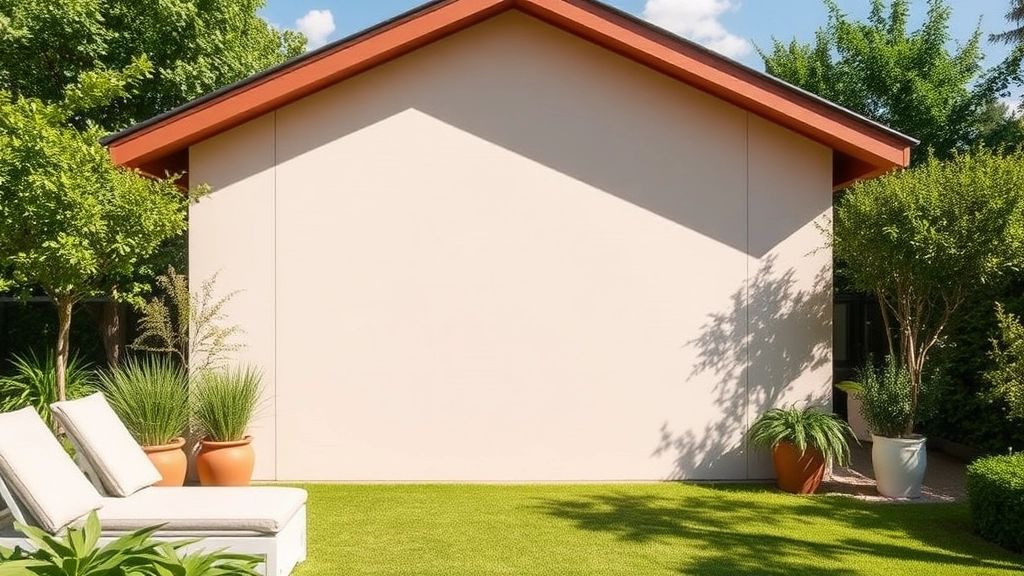
When considering the ideal growing conditions for Donkey Ears, light exposure is a key factor that can significantly influence the plant’s health and growth. Many enthusiasts often wonder, “How much light does my Kalanchoe Gastonis Bonnieri really need?”
Understanding Light Needs
Kalanchoe Gastonis Bonnieri, commonly known as Donkey Ears, thrives best in bright, indirect sunlight. Here’s a quick guide to help you find the perfect balance:
- Direct Sunlight: Limited exposure is ideal. Too much direct sun can scorch the leaves. Aim for about 2-4 hours of morning sun.
- Indirect Light: This is the sweet spot. A spot near a window with filtered light works wonders.
- Low Light: While Donkey Ears can tolerate lower light conditions, it may result in leggy growth and fewer leaves.
Signs of Improper Light Exposure
Understanding the signs of light stress can help you adjust conditions quickly:
- Burnt Leaves: If the edges of the leaves turn brown, it’s a sign of too much direct sunlight.
- Stretching: If your plant starts to stretch towards the light source, it indicates insufficient light.
Seasonal Considerations
As seasons change, so does the intensity and duration of sunlight:
- Summer: Ensure your plant is shaded during the hottest part of the day.
- Winter: You might need to move your plant closer to the light source as days get shorter.
Placement Tips
- Windowsill: A south-facing window is ideal, but consider sheer curtains for diffused light.
- Grow Lights: If natural light is insufficient, consider using grow lights to supplement.
Propagation Techniques: How to Grow New Plants
Many plant enthusiasts wonder how to expand their collection of Donkey Ears (Kalanchoe gastonis-bonnieri) without spending a fortune at the garden centre. Fortunately, propagation is a rewarding and straightforward process that can yield new plants with minimal effort.
Methods of Propagation
- Leaf Cuttings
- Select a healthy leaf from the parent plant.
- Allow the cut end to dry for a few hours to form a callus.
- Place it in well-draining soil, ensuring the cut end is buried.
- Water sparingly until roots develop.
- Offsets
- Look for small offsets or “pups” at the base of the plant.
- Gently twist or cut them away from the parent.
- Replant these offsets in their own pots filled with suitable soil.
- Water lightly to encourage rooting.
- Stem Cuttings
- Take a stem cutting about 10 cm long, ensuring it has a few leaves.
- Let the cutting dry for a day to prevent rot.
- Plant it in a pot with well-draining soil.
- Water sparingly until roots have established.
Tips for Successful Propagation
- Timing: Spring or early summer is ideal for propagation, as the plant is in its active growth phase.
- Humidity: A humidity dome or plastic bag can help maintain moisture for cuttings.
- Light: Place cuttings in bright, indirect light to encourage growth without burning the leaves.
By using these propagation techniques, you can easily multiply your Donkey Ears and share them with friends or create a stunning display in your home. For more detailed guidance on similar plants, check out our Kalanchoe Chocolate Soldier propagation guide and our Flaming Katy care and propagation guide.
Common Pests and Diseases: Prevention and Treatment
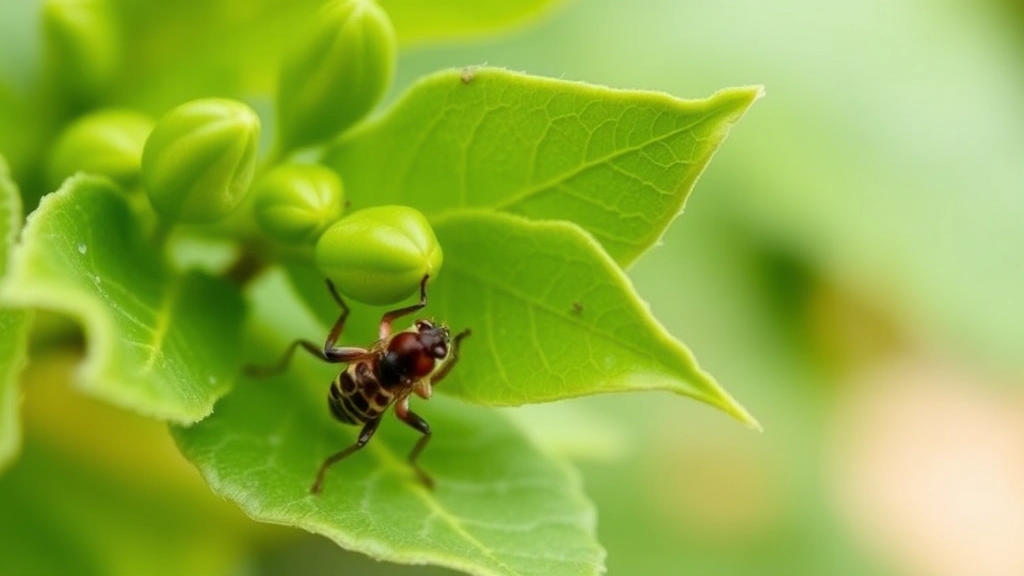
So, you’ve got your Donkey Ears looking lush and happy, but what happens when those pesky pests decide to crash the party?
Common Pests to Watch Out For:
- Mealybugs: These little white fluff balls can sap your plant’s energy.
- Spider Mites: Tiny and sneaky, they leave webbing and can cause yellowing leaves.
- Aphids: Small and green, they love to munch on new growth.
Preventing Pests:
- Regular Inspections: Check your plants weekly. Catching pests early can save you a lot of hassle.
- Clean Leaves: Wipe down leaves with a damp cloth. This discourages pests and keeps your plant looking sharp.
- Neem Oil: A natural pesticide that’s effective against many pests. Just spray it on affected areas.
Dealing with Infestations:
- Isolate Affected Plants: Keep them away from your healthy plants to prevent spreading.
- Insecticidal Soap: Spray this on the pests. It’s a simple solution that works wonders.
- Manual Removal: For larger pests, like mealybugs, use a cotton swab dipped in alcohol to remove them.
Common Diseases:
- Root Rot: Overwatering is the main culprit. Always check your soil’s moisture.
- Powdery Mildew: This white powdery fungus appears in high humidity. Ensure good air circulation around your plants.
Preventing Diseases:
- Proper Watering: Let the soil dry out between waterings.
- Good Drainage: Use pots with drainage holes to avoid standing water.
- Airflow: Space out your plants to promote airflow and reduce humidity.
Pruning and Maintenance for Healthy Growth
Pruning and maintenance are essential for keeping your Donkey Ears (Kalanchoe gastonis-bonnieri) thriving. You might be wondering how to ensure your plant remains healthy and vibrant.
Flowering Process and Seasonal Blooming
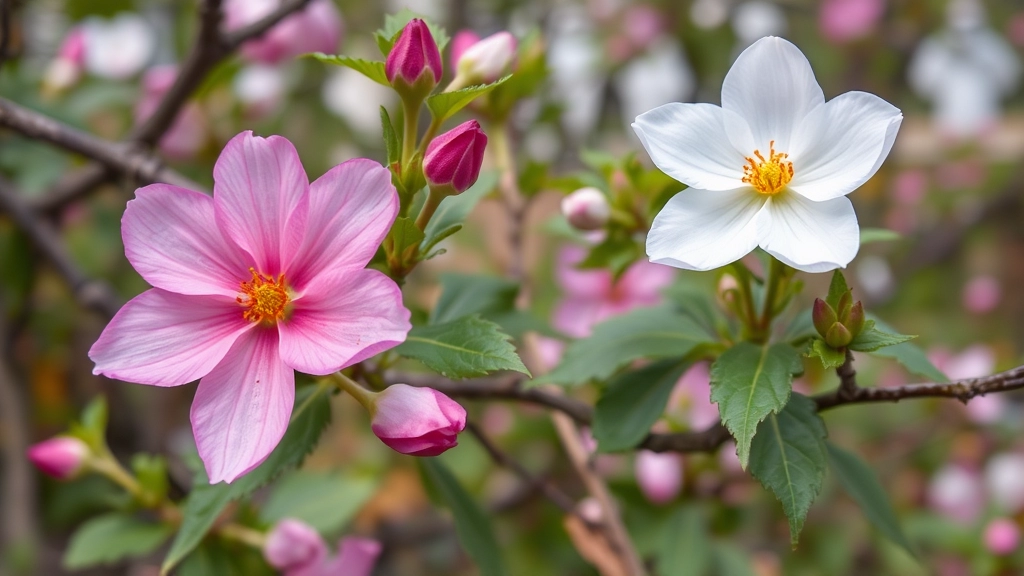
Ever wondered when your Donkey Ears will finally show off their blooms? You’re not alone! Many plant lovers are eager to see those stunning flowers, but it can feel a bit elusive.
Understanding the Flowering Process
Kalanchoe gastonis-bonnieri, or Donkey Ears, typically blooms in the late winter to early spring. Here’s what you need to know:
- Age Matters: Your plant usually needs to be at least a couple of years old before it flowers.
- Stress is Key: Sometimes, a bit of stress—like slightly reduced watering—can encourage blooming.
- Right Conditions: Ensure it’s getting enough light during the day. Too little light can delay or prevent flowering.
Seasonal Blooming Tips
If you want to coax those flowers out, here are some practical tips:
- Light Exposure: Place your plant in a bright spot, ideally with some direct sunlight.
- Temperature: Keep it in a warm environment (around 20-25°C) during the day, but a bit cooler at night.
- Watering Schedule: Water less during the winter months to mimic its natural dormancy period.
What to Expect
When your Donkey Ears finally blooms, you’ll be greeted with clusters of small, tubular flowers that can be yellow, orange, or red. They’re a sight to behold and can last for several weeks!
Temperature Tolerance and Hardiness Zones
When considering the optimal growing conditions for your Kalanchoe Gastonis Bonnieri, understanding temperature tolerance and hardiness zones is crucial.
What Temperature Range is Ideal?
Kalanchoe Gastonis Bonnieri thrives in a warm environment. Here are some key points to keep in mind:
- Ideal Temperature: 20°C to 25°C (68°F to 77°F) during the day.
- Night Temperature: It can tolerate cooler nights, ideally around 10°C to 15°C (50°F to 59°F).
- Frost Sensitivity: This plant is sensitive to frost and should be protected from temperatures below 5°C (41°F).
Hardiness Zones
Understanding the hardiness zones can help you determine if this plant is suitable for your climate:
- USDA Hardiness Zones: Kalanchoe Gastonis Bonnieri is typically suitable for zones 10 to 11.
- UK Climate: In the UK, it’s best grown indoors or in a greenhouse, especially during colder months.
Tips for Protecting Your Plant
- Indoor Placement: If you live in a cooler region, consider keeping your plant indoors during winter.
- Temperature Monitoring: Use a thermometer to monitor the temperature around your plant, ensuring it stays within the ideal range.
- Seasonal Adjustments: Move your plant to a warmer location during colder months to prevent stress.
For more details on maintaining optimal conditions, check out our guide on optimal Kalanchoe temperature. Additionally, if you’re looking for tips on comprehensive Kalanchoe plant care, we’ve got you covered!
Medicinal Properties and Traditional Uses of Donkey Ears
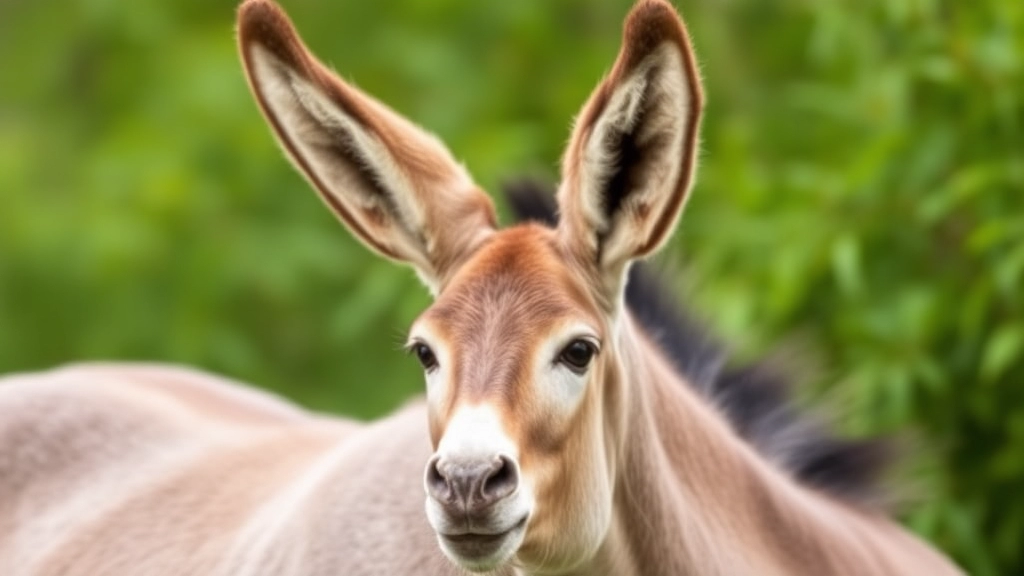
Have you ever wondered if your beloved Donkey Ears plant, or Kalanchoe Gastonis Bonnieri, holds more than just aesthetic appeal?
Well, it turns out this succulent has some intriguing medicinal properties and traditional uses that might surprise you.
Traditional Uses
Historically, Kalanchoe has been used in various cultures for its potential health benefits.
- Wound Healing: Many cultures have turned to Kalanchoe for its reputed ability to aid in healing wounds. The leaves are often crushed and applied directly to cuts or burns.
- Anti-Inflammatory: Some folks swear by its anti-inflammatory properties. It’s believed to help reduce swelling, making it a go-to for minor injuries.
- Respiratory Relief: In traditional medicine, Kalanchoe has been used to help with respiratory issues. Some people make teas or infusions from its leaves to soothe coughs and colds.
Medicinal Properties
Now, let’s break down what makes this plant special:
- Rich in Nutrients: Donkey Ears are packed with vitamins and minerals, including Vitamin C, which is essential for immune support.
- Antioxidant Qualities: These plants contain antioxidants that can help combat oxidative stress in the body.
- Potential Antimicrobial Effects: Some studies suggest that Kalanchoe may have antimicrobial properties, making it useful in fighting off infections.
Anecdotal Evidence
While scientific research is still catching up, many people share personal stories about how Kalanchoe has helped them.
For instance, I’ve heard from friends who use the leaves to soothe minor skin irritations, and they swear by its effectiveness.
Caution
However, it’s essential to approach these uses with care.
- Consult a Professional: Always consult a healthcare professional before using any plant for medicinal purposes.
- Allergies: Be mindful of potential allergies. Not everyone reacts the same way to herbal remedies.
Potential Problems: Root Rot, Mildew, and More
As we delve deeper into caring for your Kalanchoe Gastonis Bonnieri, it’s essential to address potential problems that can hinder its growth and health. Understanding these issues can make all the difference in ensuring your plant thrives.
Root Rot
One of the most common challenges faced by Kalanchoe enthusiasts is root rot.
Signs of Root Rot:
- Yellowing leaves
- Wilting despite adequate watering
- A foul smell from the soil
Prevention Tips:
- Ensure proper drainage by using pots with holes.
- Avoid overwatering; let the soil dry out between waterings.
- Use well-draining soil to promote healthy root systems.
Mildew
Mildew can also be a concern, particularly in humid conditions.
Signs of Mildew:
- White, powdery spots on leaves
- Stunted growth
Prevention Tips:
- Increase air circulation around your plant.
- Water early in the day to allow leaves to dry.
- Keep humidity levels in check, ideally below 50%.
Other Common Issues
In addition to root rot and mildew, there are other potential problems:
- Pests: Watch for mealybugs and aphids, which can sap the plant’s vitality.
- Leaf Drop: This can occur due to sudden temperature changes or stress from repotting.
Solutions:
- Treat pests with insecticidal soap or neem oil.
- Maintain a stable environment for your plant.
To further enhance your Kalanchoe care knowledge, you might find these guides on how to treat and prevent Kalanchoe white bugs and why your Kalanchoe is not flowering particularly useful.
Best Practices for Repotting and Transplanting Donkey Ears
So, you’ve decided it’s time to repot your Kalanchoe Gastonis Bonnieri, commonly known as Donkey Ears.
You might be wondering, “When is the right time to do this?” or “How do I make sure my plant thrives after moving it?”
Let’s dive into some straightforward tips to make the process smooth and stress-free for both you and your plant.
FAQs About Kalanchoe Gastonis Bonnieri (Donkey Ears)
How often should I water my Kalanchoe Gastonis Bonnieri?
In summer: Every 2-3 weeks. In winter: Once a month or less. Always ensure the soil is dry before watering again.
What type of light does Donkey Ears need?
It thrives best in bright, indirect sunlight. Aim for 2-4 hours of morning sun and keep it near a window with filtered light.
What are the signs that my plant needs more or less light?
Too much light: Burnt leaves with brown edges. Too little light: Stretching towards the light source.
How can I prevent pests on my Donkey Ears?
Regularly inspect your plants, wipe down leaves with a damp cloth, and use neem oil as a natural pesticide.
What should I do if my plant gets pests?
Isolate the affected plant, use insecticidal soap, and manually remove larger pests like mealybugs with a cotton swab dipped in alcohol.
What are the common diseases that affect Kalanchoe Gastonis Bonnieri?
Root Rot: Caused by overwatering. Powdery Mildew: Appears in high humidity. Ensure good air circulation.
When does Kalanchoe Gastonis Bonnieri typically bloom?
It usually blooms in late winter to early spring. The plant needs to be at least a couple of years old and sometimes requires a bit of stress, like reduced watering, to encourage blooming.
What are the medicinal properties of Donkey Ears?
Kalanchoe Gastonis Bonnieri has traditional uses such as wound healing, anti-inflammatory effects, and respiratory relief. It is also rich in nutrients and antioxidants.
Can I use Kalanchoe Gastonis Bonnieri for medicinal purposes?
While it has traditional uses, always consult a healthcare professional before using any plant for medicinal purposes and be cautious of potential allergies.
References
-
The Spruce: Kalanchoe Gastonis Bonnieri Growing Guide
-
Gardening Know How: Kalanchoe Gastonis Bonnieri Care
-
House Plants Expert: Kalanchoe Gastonis Bonnieri
